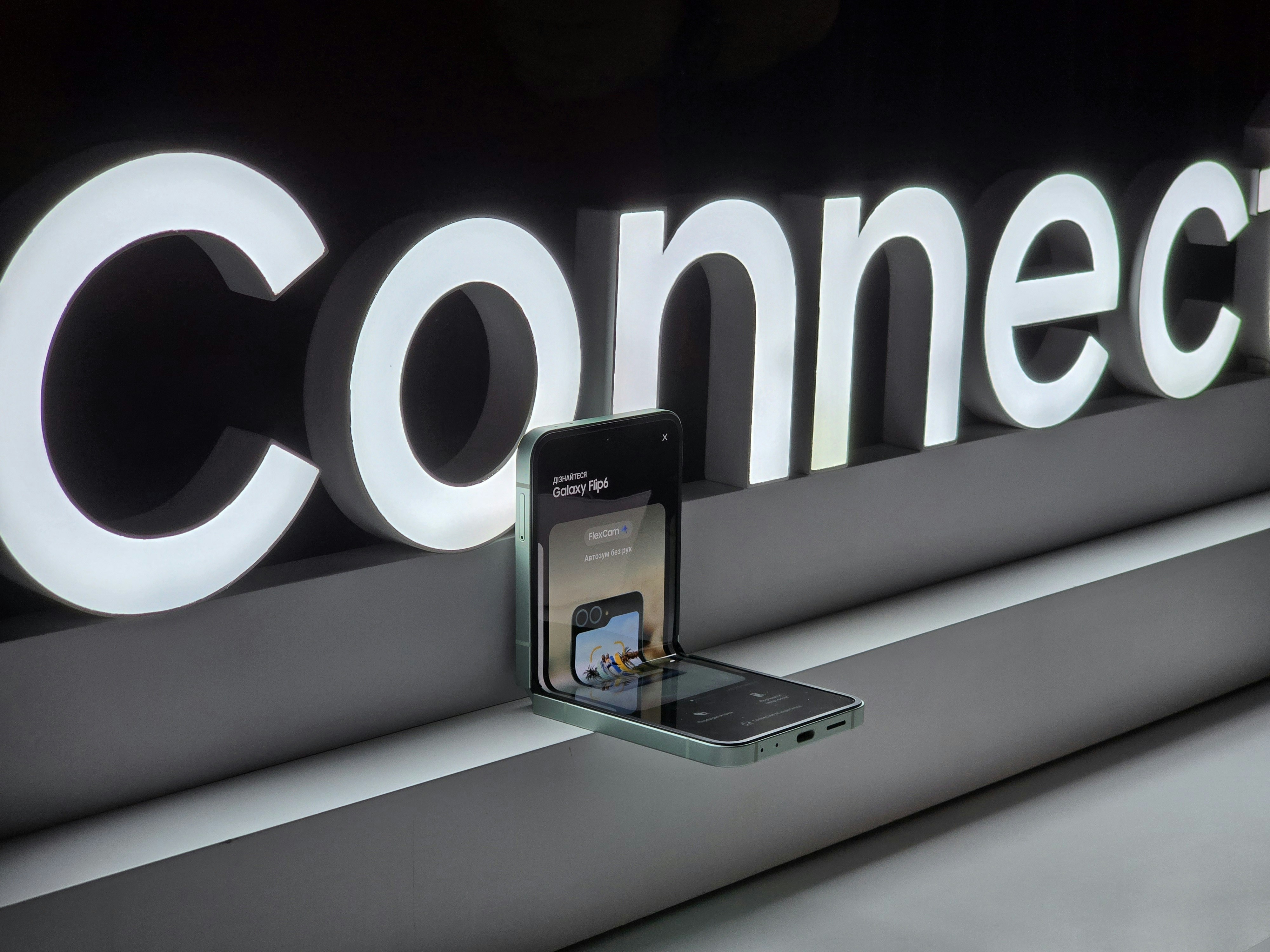Light-powered Computers: The Next Big Leap in Computing Technology
We live in a world where the technology that was cutting-edge yesterday becomes obsolete today. This constant evolution keeps us on our toes, always anticipating the next big thing. Today, we're going to delve into a lesser-known, but highly promising area of tech, namely, light-powered computing.

Shining a Light on the Past
The concept of light-powered computing, or photonic computing, isn’t new. It was first introduced in the 1960s, when researchers started exploring the use of light, instead of electricity, to process and transmit information. The idea was simple, yet revolutionary: by using light, computers could potentially process data at the speed of light, which is approximately 186,000 miles per second!
Despite this promising outlook, photonic computing remained a theoretical concept for decades, mainly due to technological limitations. It wasn’t until the advent of advanced materials and manufacturing processes that the possibility of light-powered computers started to become a reality.
The Dawn of a New Age
Fast forward to 2021, and we’re seeing a resurgence in interest around photonic computing. This is largely due to the increasing demand for faster, more energy-efficient computing systems. Traditional electronic computers are reaching their physical limits, and photonic computers could be the solution we’ve been waiting for.
Recently, a team of researchers at the Massachusetts Institute of Technology (MIT) made a groundbreaking discovery. They created a tiny, chip-based device that can convert signals from electrical to optical and vice versa, a critical step in building light-powered computers. This development has rekindled the flame of hope for photonic computing, bringing us one step closer to a future where computers run on light.
The Bright Future of Photonic Computing
As we inch closer to this future, it’s worth considering the potential impact of light-powered computers. The most obvious benefit is speed. Photonic computers could theoretically process information millions of times faster than today’s fastest supercomputers. This would revolutionize industries like data science, Artificial Intelligence, and quantum computing, where processing speed is key.
Moreover, photonic computers are expected to be significantly more energy-efficient than their electronic counterparts. They could potentially reduce the energy consumption of data centers, which currently account for about 2% of the global electricity use, according to a study by Science Magazine.
As for the price, it’s still too early to provide an accurate estimate. However, given the complexity and novelty of the technology, it’s safe to assume that the first generation of light-powered computers won’t be cheap.
Final Thoughts
While we’re still years away from having light-powered computers in our homes or offices, the progress made so far is encouraging. It’s a fascinating field that has the potential to redefine computing as we know it. As always, we’ll keep a close eye on this space and bring you the latest updates. Stay tuned for more exciting news from the world of tech.




